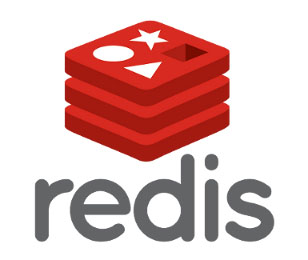
In this tutorial, we will show you how to install Redis on Debian 11. For those of you who didn’t know, Redis is an open-source (BSD licensed) in-memory database for storing data structure, caching, and as a message broker. Redis provides data structures such as strings, hashes, lists, sets, sorted sets with range queries, bitmaps, geospatial indexes, and streams. Redis has built-in replication, Lua scripting, LRU eviction, transactions, and different levels of on-disk persistence, and provides high availability via Redis Sentinel and automatic partitioning with Redis Cluster
This article assumes you have at least basic knowledge of Linux, know how to use the shell, and most importantly, you host your site on your own VPS. The installation is quite simple and assumes you are running in the root account, if not you may need to add ‘sudo‘ to the commands to get root privileges. I will show you the step-by-step installation of Redis on a Debian 11 (Bullseye).
Prerequisites
- A server running one of the following operating systems: Debian 11 (Bullseye).
- It’s recommended that you use a fresh OS install to prevent any potential issues.
- SSH access to the server (or just open Terminal if you’re on a desktop).
- A
non-root sudo useror access to theroot user. We recommend acting as anon-root sudo user, however, you can harm your system if you’re not careful when acting as the root.
Install Redis on Debian 11 Bullseye
Step 1. Before we install any software, it’s important to make sure your system is up to date by running the following apt commands in the terminal:
sudo apt update sudo apt upgrade
Step 2. Installing Redis on Debian 11.
By default, Redis 5 series is available on the base Debian 11 repositories. Now run the following command to install it:
sudo apt install redis-server
Once the installation is successful, check the Redis service status using the following command below:
sudo systemctl status redis-server
Step 3. Configuring Redis.
The main configuration file of Redis Server is found at /etc/redis/redis.conf:
sudo nano /etc/redis/redis.conf
Search for a line that begins with bind 127.0.0.1 ::1 and comment on it:
# IF YOU ARE SURE YOU WANT YOUR INSTANCE TO LISTEN TO ALL THE INTERFACES # JUST COMMENT OUT THE FOLLOWING LINE. # ~~~~~~~~~~~~~~~~~~~~~~~~~~~~~~~~~~~~~~~~~~~~~~~~~~~~~~~~~~~~~~~~~~~~~~~~ # bind 127.0.0.1 ::1
Next, increase the max memory limit as per available memory on your server:
maxmemory 256mb maxmemory-policy allkeys-lru
Save the file and close. Then restart the Redis service for changes to take effect:
sudo systemctl restart redis-server
Step 4. Configure Firewall.
Now add a firewall rule that enables traffic from your remote machines on the TCP port 6379:
sudo ufw allow proto tcp from <your ip address> to any port 6379
Step 5. Testing Redis.
To access Redis Server, run the command below on the terminal:
redis-cli
Now type “ping” on the Redis command prompt. On successful connection with the Redis server, you will get PONG as a result:
127.0.0.1:6379> ping PONG
Congratulations! You have successfully installed Redis. Thanks for using this tutorial for installing the latest version of Redis on Debian 11 Bullseye. For additional help or useful information, we recommend you check the official Redis website.